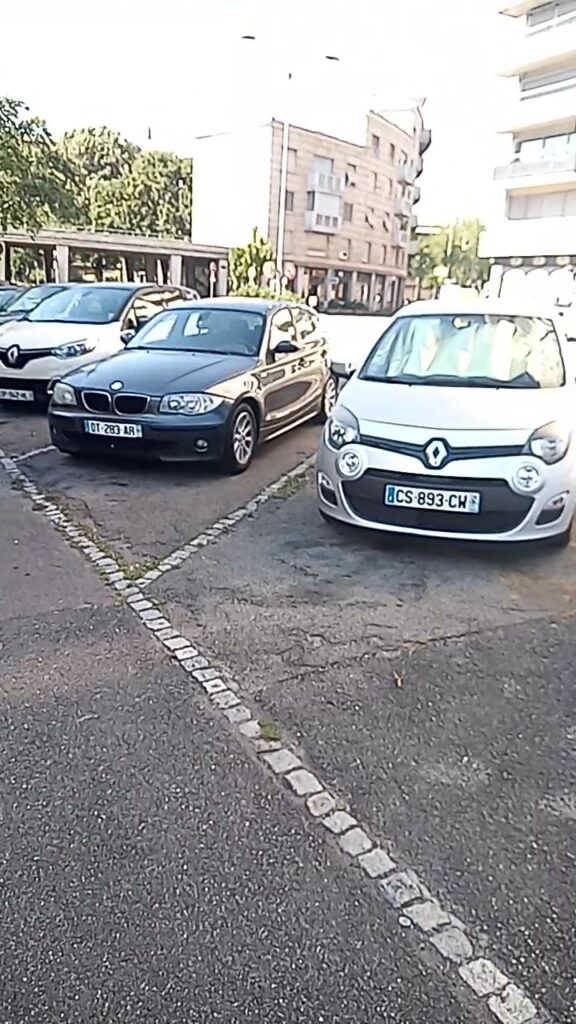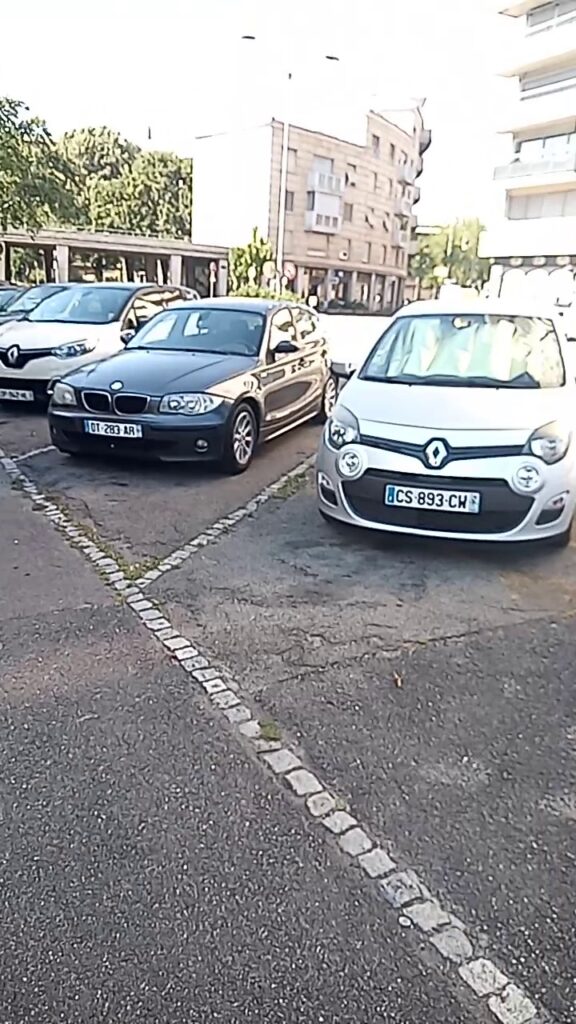Each video file is processed by aveditor recognition engine (when the user hits the recognize command of the user interface).
Below is an example.
The video file
A video file (“VID_20220804_162816.mp4”), subsequently processed by the engine
The image files
The recognition process produces a sub directory, with the same filename, of the video. In this directory the engine stores the image files, of the vehicles it detects.


Example of a record in the database
Below is an example where the database stores vehicles. For instance, let’s look for vehicle :
DT283AR
| DT283AR | bmw 1 |
witch we can see in 42_VID_20220804_162816.jpg image file, extracted by the engione, from the video above.

The engine thinks that image file 42_VID_20220804_162816.jpg is a “bmw 1” with license plate “DT283AR”


The csv file
Vehicles, with their license plates, are also stored in a csv file, with the same filename of the video. User opens it with a spreadsheet software : it is located under C:\Users\Public\Documents\lpreditor\CSV.

We can see that the results of the reading is not perfect : there are reading errors. this is due to the poor quality of the video (it’s a little bit shaky and blurry).
It is recommended to film with a good camera.
In the csv file we can see the “image files” column : from line 4 to 16, there are 13 image files. The engine thinks there are images of the same vehicle.
| 42_VID_20220804_162816.jpg |
Below this image file list, there are on the right colums “lpns“, “vehicles“. They are related to image files we already discuss above. We can see that the engine proposes different lpns, even if it thinks it’s the same vehicle:
| DT283AR | bmw 1 |

Above is the image file